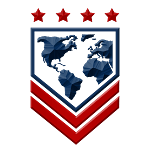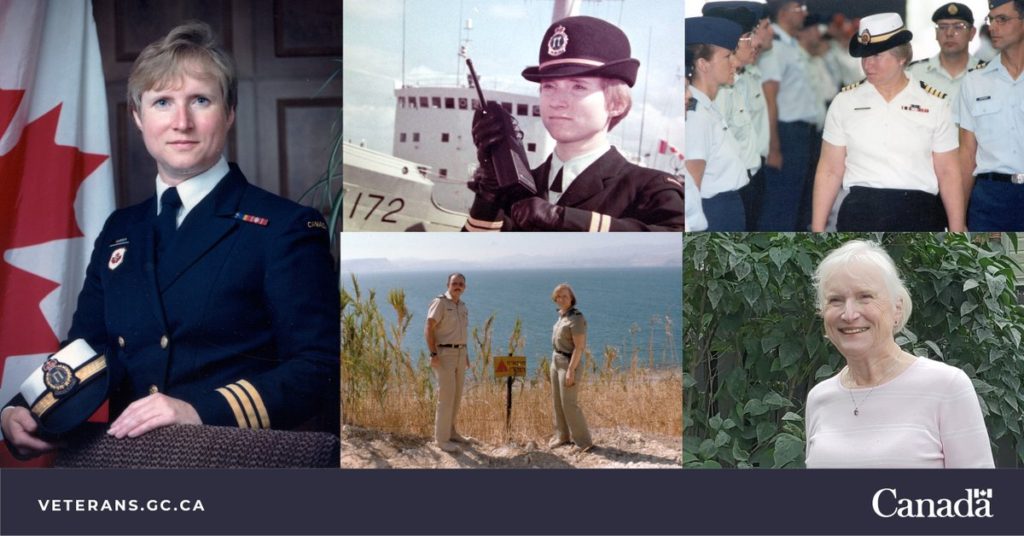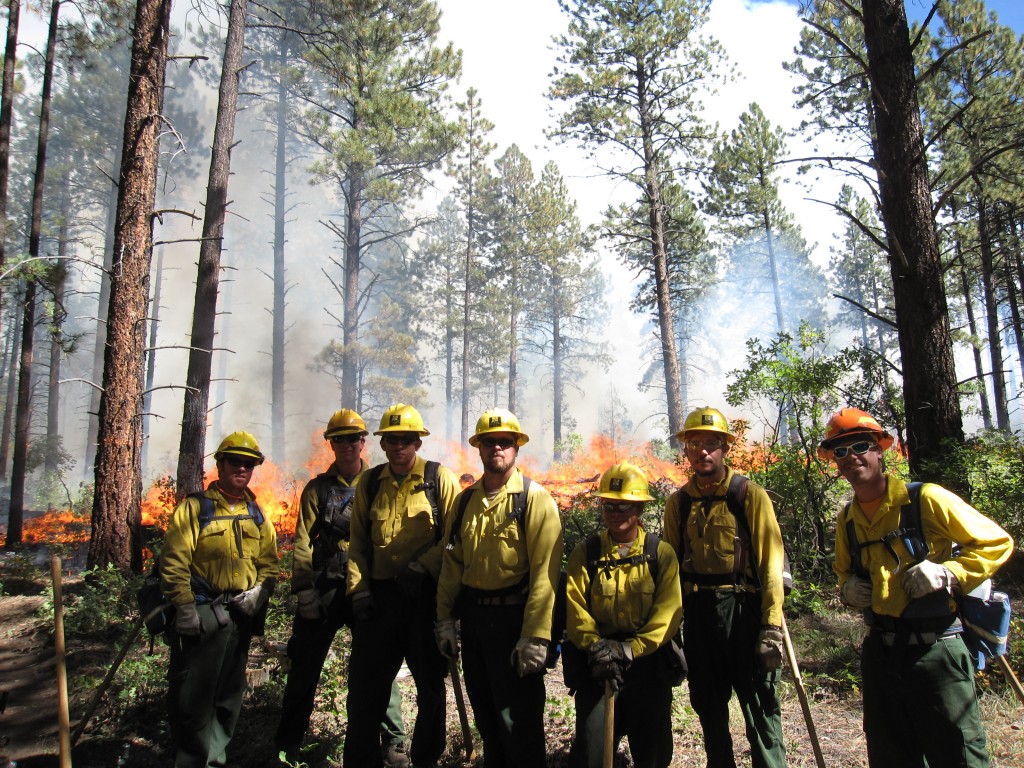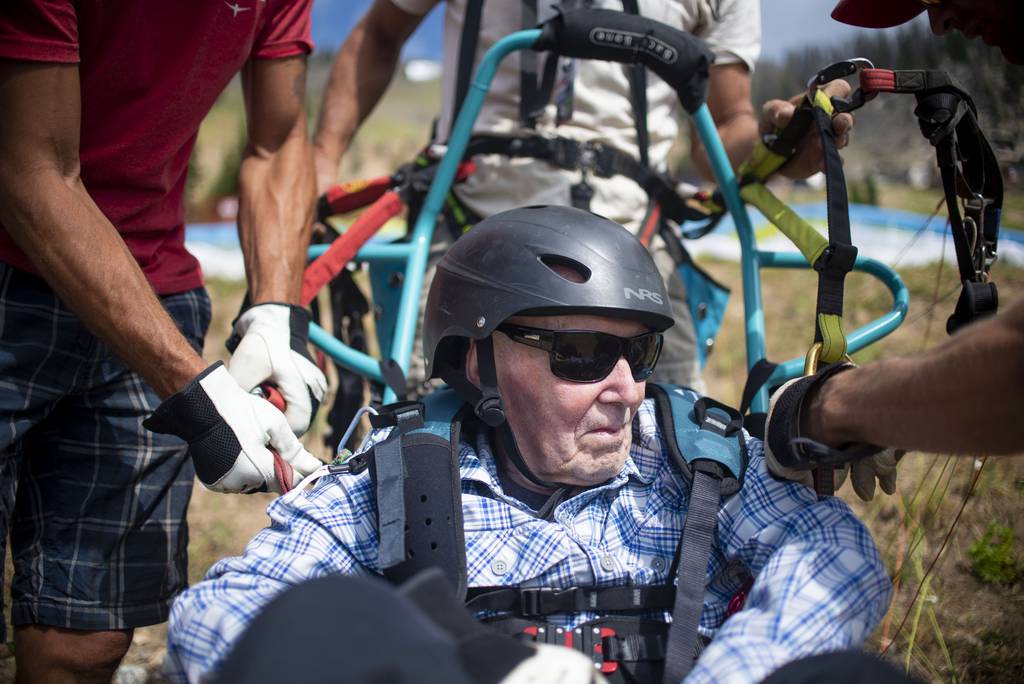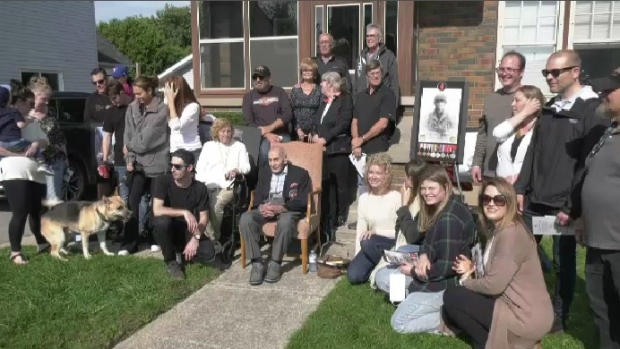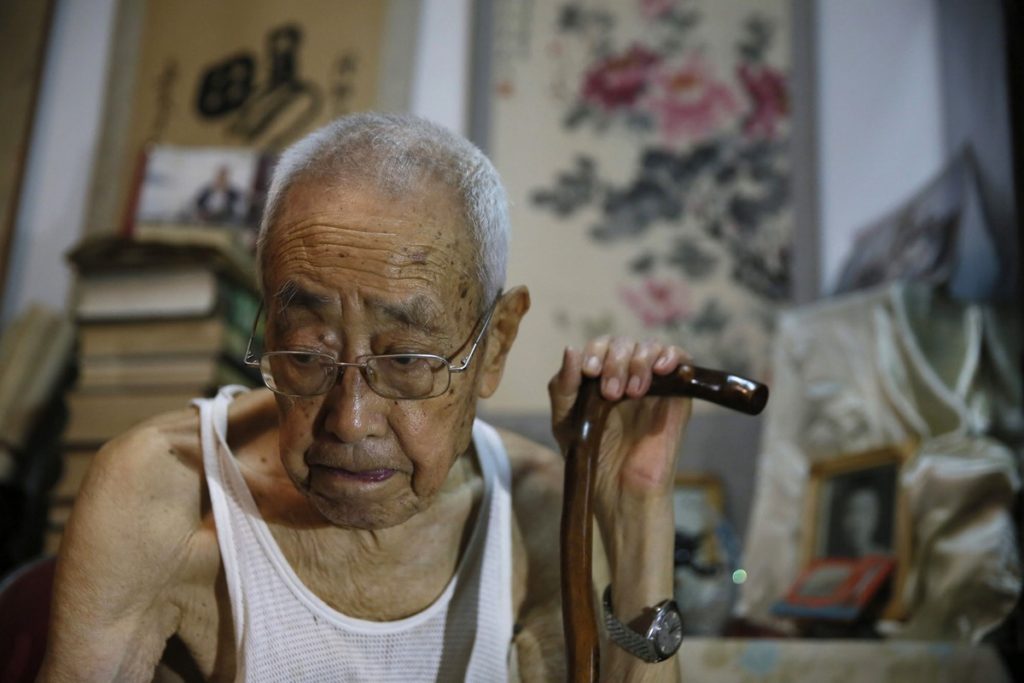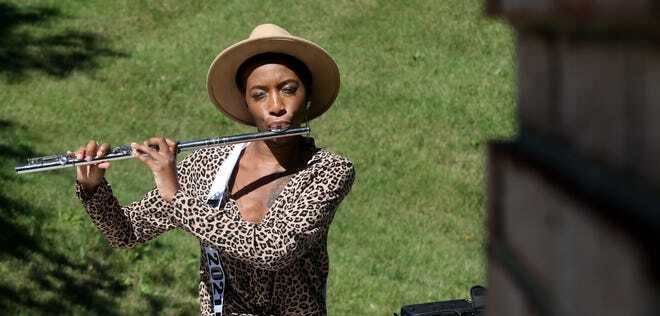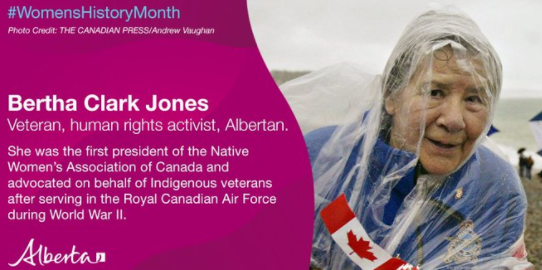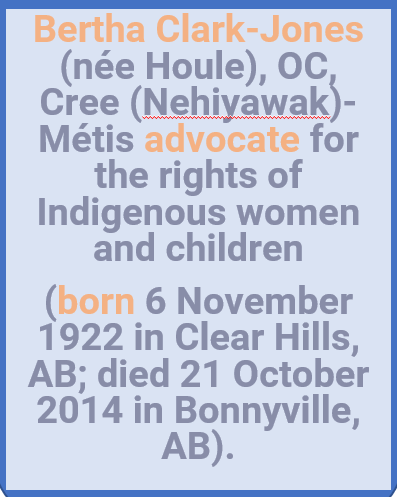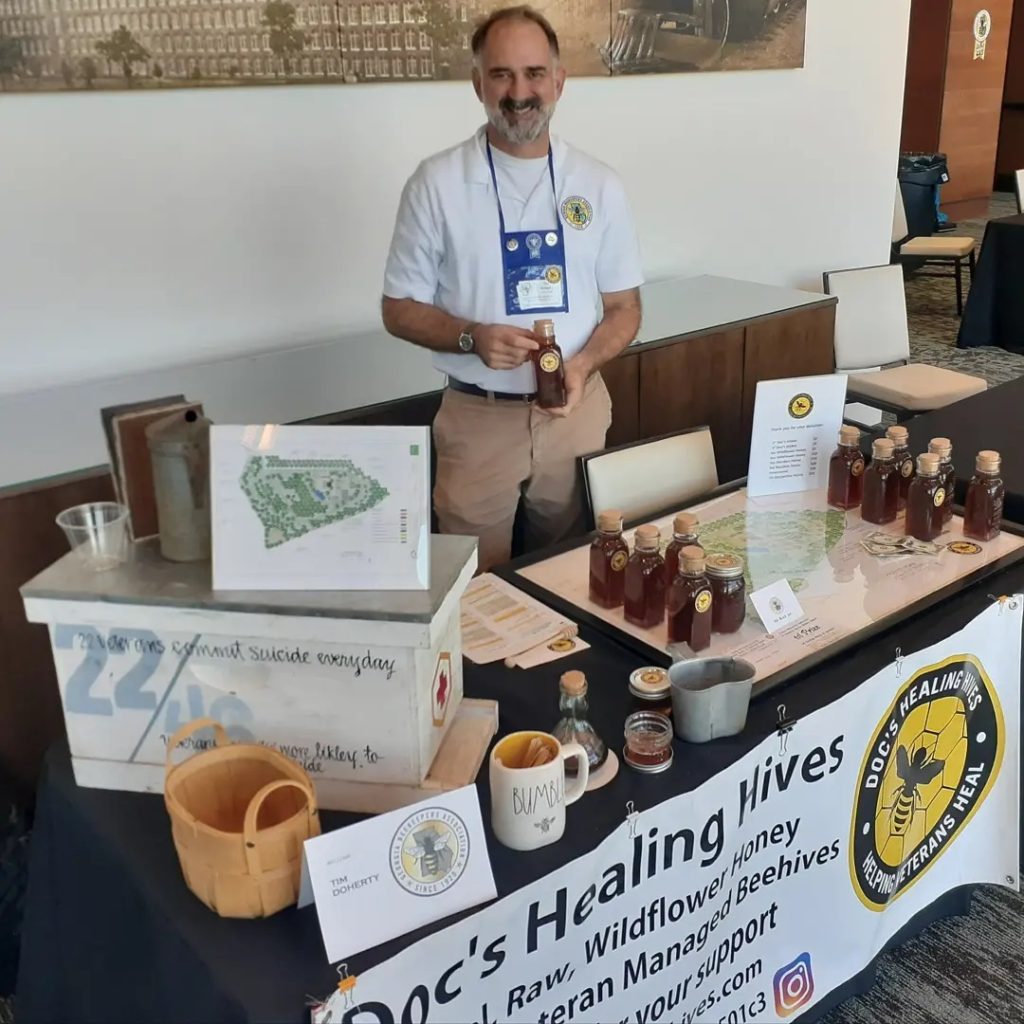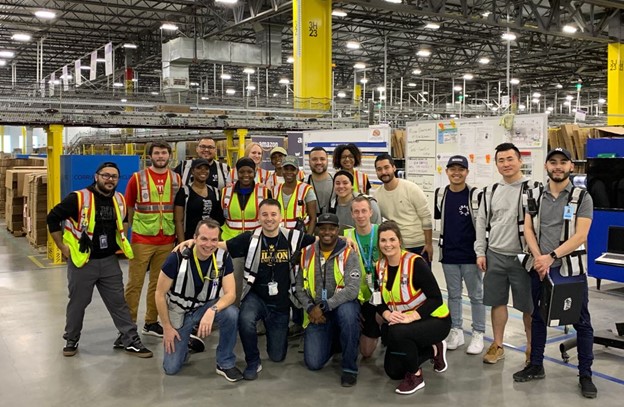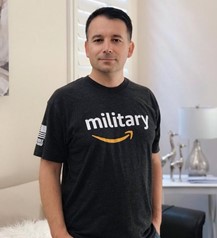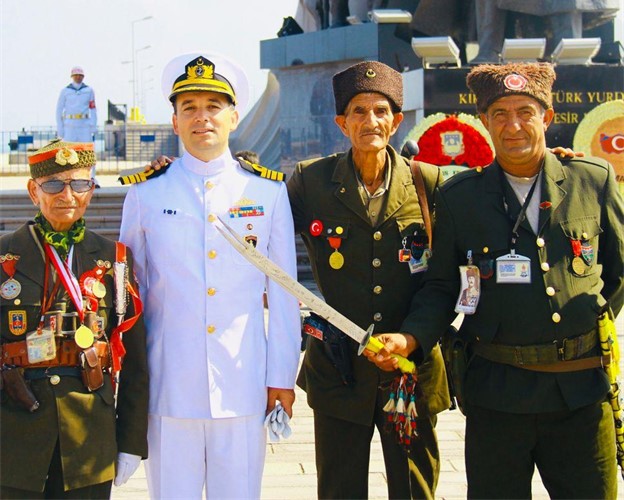In the month of International Women’s Day, I would like to mention the three female air force cadets Nagihan Yavuz, Nimet Ecem Gönüllü, and Şuheda Sena Öğütalan. They were in their early twenties when they were arrested along with other military cadets on the night of the failed coup attempt in Turkey on July 15, 2016.
In May 2018, they were sentenced to life in prison on charges of attempting to overthrow the Turkish government by use of force. They said they were not aware of the coup attempt and were only acting on orders from their superior officers, who told them there was a terrorist attack. Their lawyer, Kemal Ucar, who believes in their innocence, calls them “The Fighting Angels” on his social media accounts.
Below is from the three female imprisoned cadets’ letter to Euronews Turkey:
“Like many, we were left in an unknown darkness with the night of July 15, where we were dragged against our will and which was not revealed.”
“However, although our indictment, which could be prepared 11 months later, is full of pages, not a single page mentions us. Our trial process, which started at the Heavy Penal Courts in the 16th month, ended in the 22nd month. 6 months is a very short time for some of us to receive life sentences and some of us to receive aggravated life sentences. During these 6 months, nothing has been done by the authorities to shed light on the incident we have fallen into. For example, although there are camera footage of the crime scene, it was not watched. All requests made in this context were denied. By extrajudicial executions, our lives were plunged into darkness just like that night. While all this was going on, we were not supported by any high-ranking commanders, who knew that the military cadets did not have the authority to intervene in anything, and who continued their duties at the time.”
“Despite everything, we are trying to keep our hope alive even though it gets harder as time goes on.”
The July 15 coup attempt turned the lives of millions upside down. According to the Interior Ministry of Turkey, more than half a million people have been detained and more than 70 thousand people have been arrested since the failed coup for their role in the coup attempt. Opposition and human rights organizations say these trials have turned into a witch hunt with the allegations that thousands of people are on trial with insufficient and unlawful evidence. More than 125 thousand public servants including doctors, teachers, judges, prosecutors, policemen and military officers have been dismissed from duties by governmental decrees due to their alleged direct or indirect links to the failed coup. While the July 15 coup attempt left many questions unanswered behind, many believe that the failed July 15 coup was staged by Erdogan to consolidate his power and convert democracy to an authoritarian regime. According to Sweden-based Institute for Democracy and Electoral Assistance 2021 report, Turkey turned from a backsliding democracy to a hybrid regime, which is a combination of democratic and autocratic features in the same polity. Similarly, The Economist Intelligence Unit (EIU) categorized Turkey as a “hybrid regime” based on its 2022 data.
Sources: Euronews Turkey, Deutsche Welle Turkey, International IDEA, Economist Intelligence Unit
